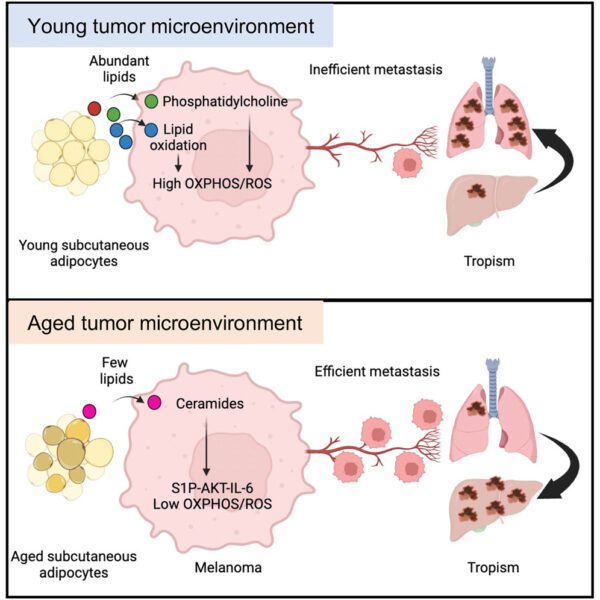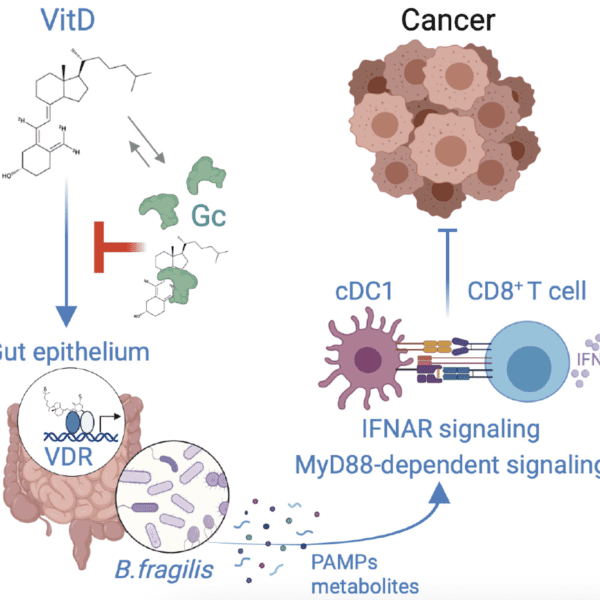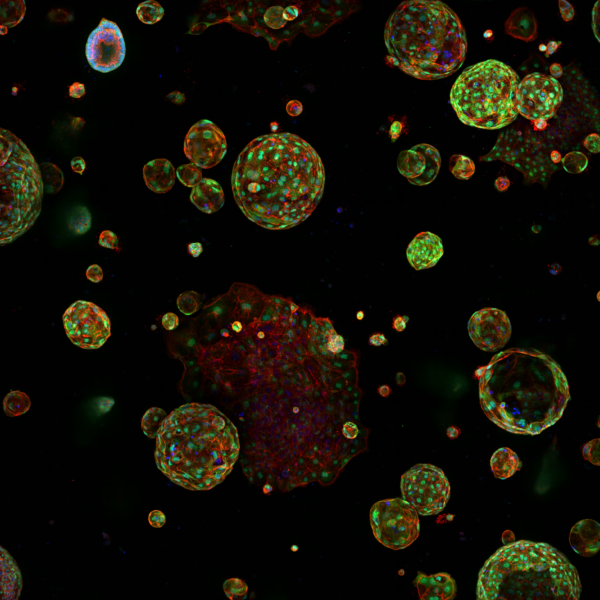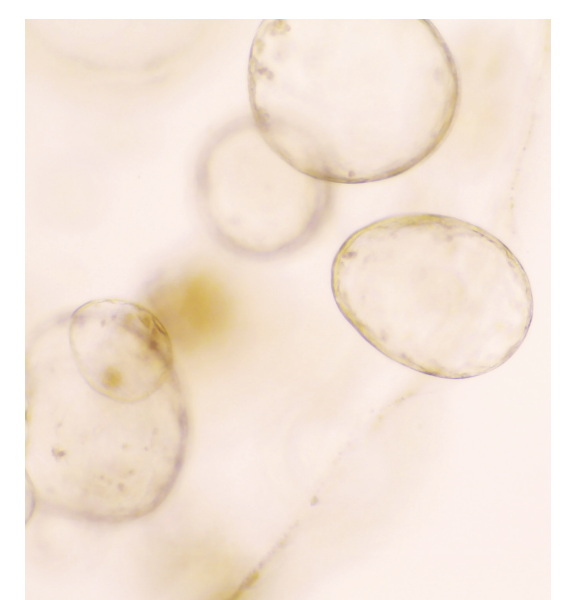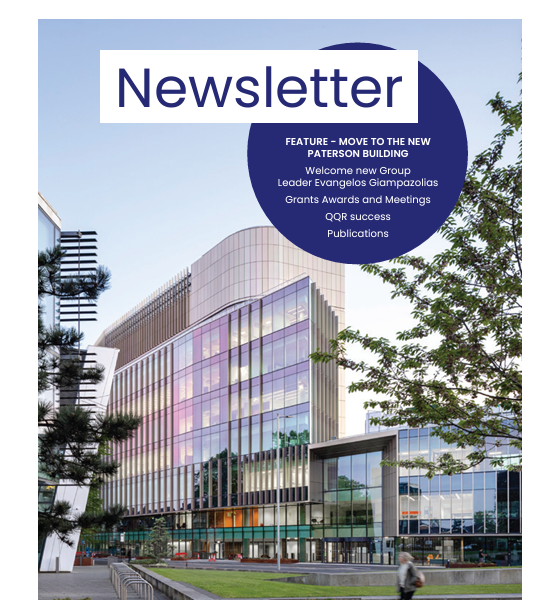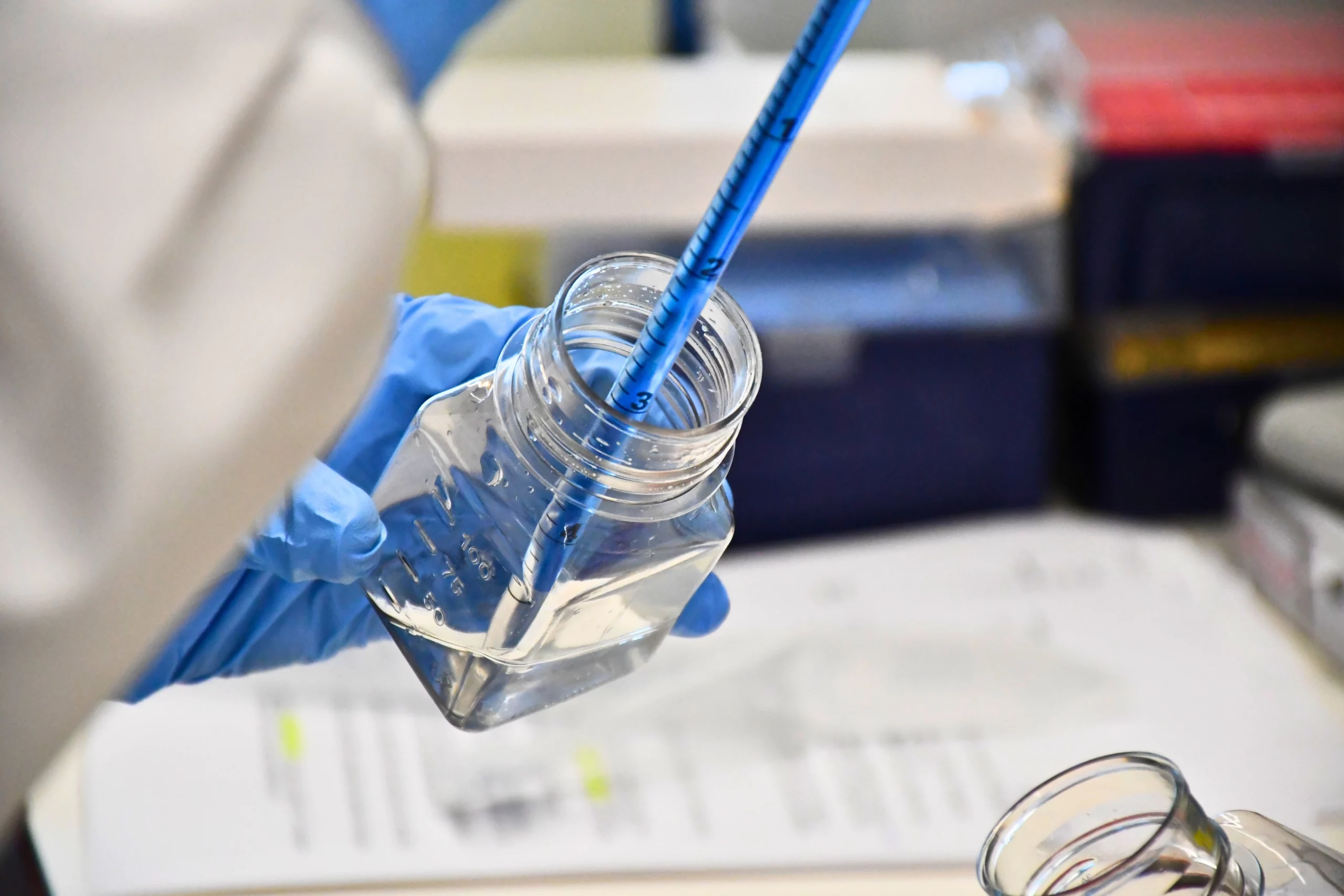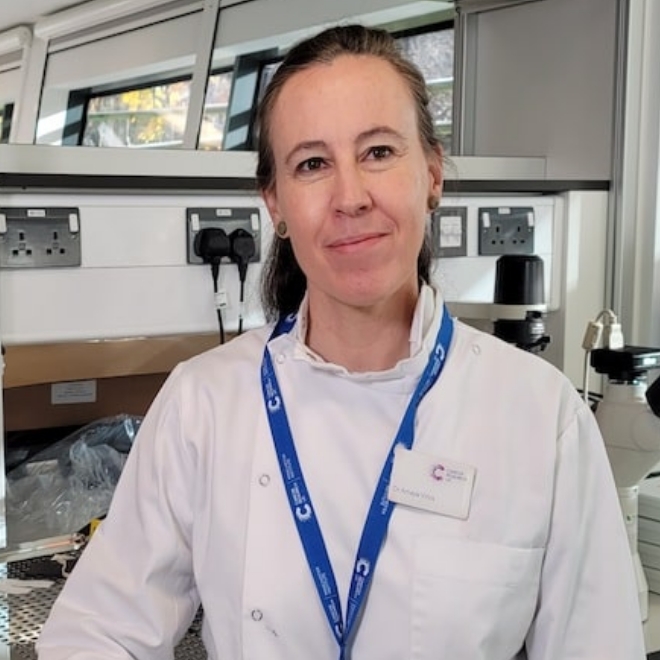Article highlights & insights
- TIAM1 is upregulated in neuroendocrine compared to non-neuroendocrine SCLC cells
- TIAM1-RAC1 inhibition decreases SCLC cell viability by increasing apoptosis
- TIAM1 interacts with and maintains Nur77 nuclear localisation
- TIAM1-RAC1 inhibition causes Nur77 relocalisation and pro-apoptotic BCL2 conversion
Small-cell lung cancer (SCLC), an aggressive neuroendocrine malignancy, has limited treatment options beyond platinum-based chemotherapy, whereafter acquired resistance is rapid and common. By analyzing expression data from SCLC tumors, patient-derived models, and established cell lines, we show that the expression of TIAM1, an activator of the small GTPase RAC1, is associated with a neuroendocrine gene program. TIAM1 depletion or RAC1 inhibition reduces viability and tumorigenicity of SCLC cells by increasing apoptosis associated with conversion of BCL2 from its pro-survival to pro-apoptotic function via BH3 domain exposure. This conversion is dependent upon cytoplasmic translocation of Nur77, an orphan nuclear receptor. TIAM1 interacts with and sequesters Nur77 in SCLC cell nuclei and TIAM1 depletion or RAC1 inhibition promotes Nur77 translocation to the cytoplasm. Mutant TIAM1 with reduced Nur77 binding fails to suppress apoptosis triggered by TIAM1 depletion. In conclusion, TIAM1-RAC1 signaling promotes SCLC cell survival via Nur77 nuclear sequestration.
- TIAM1 is upregulated in neuroendocrine compared to non-neuroendocrine SCLC cells
- TIAM1-RAC1 inhibition decreases SCLC cell viability by increasing apoptosis
- TIAM1 interacts with and maintains Nur77 nuclear localisation
- TIAM1-RAC1 inhibition causes Nur77 relocalisation and pro-apoptotic BCL2 conversion
Small-cell lung cancer (SCLC), an aggressive neuroendocrine malignancy, has limited treatment options beyond platinum-based chemotherapy, whereafter acquired resistance is rapid and common. By analyzing expression data from SCLC tumors, patient-derived models, and established cell lines, we show that the expression of TIAM1, an activator of the small GTPase RAC1, is associated with a neuroendocrine gene program. TIAM1 depletion or RAC1 inhibition reduces viability and tumorigenicity of SCLC cells by increasing apoptosis associated with conversion of BCL2 from its pro-survival to pro-apoptotic function via BH3 domain exposure. This conversion is dependent upon cytoplasmic translocation of Nur77, an orphan nuclear receptor. TIAM1 interacts with and sequesters Nur77 in SCLC cell nuclei and TIAM1 depletion or RAC1 inhibition promotes Nur77 translocation to the cytoplasm. Mutant TIAM1 with reduced Nur77 binding fails to suppress apoptosis triggered by TIAM1 depletion. In conclusion, TIAM1-RAC1 signaling promotes SCLC cell survival via Nur77 nuclear sequestration.
Institute Authors
Group leader
Research topics & keywords
Meet the Research Team
Here are the authors from the Small Cell Lung Cancer Biology group that collaborated with the lead author on the paper.

Director & Senior Group Leader

Team Lead
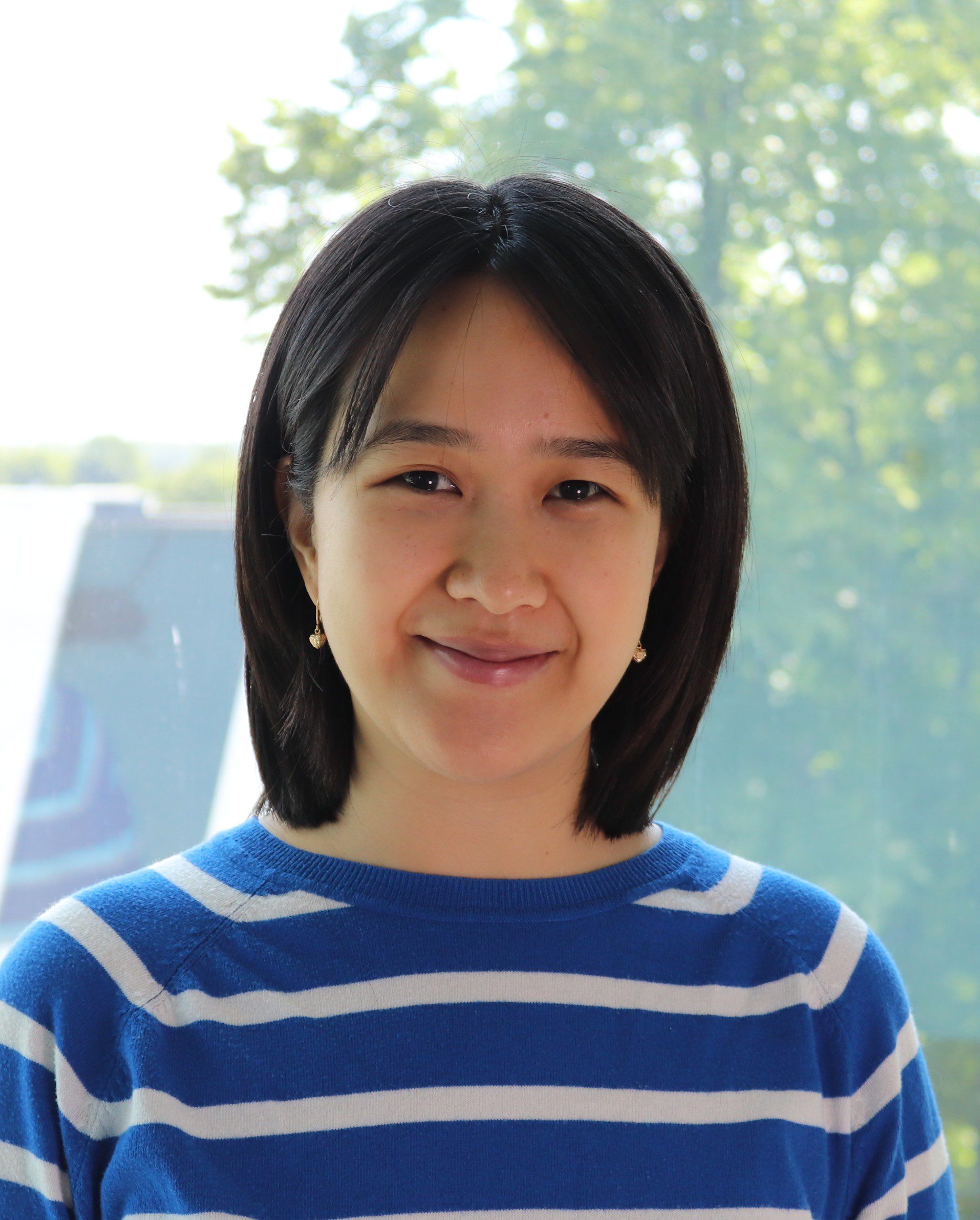
Postdoctoral Scientist
Our Research
Our research spans the whole spectrum of cancer research from cell biology through to translational and clinical studies
Research Groups
Our research groups study many fundamental questions of cancer biology and treatment
Our Facilities
The Institute has outstanding core facilities that offer cutting edge instruments and tailored services from expert staff
Latest News & Updates
Find out all our latest news
Careers that have a lasting impact on cancer research and patient care
We are always on the lookout for talented and motivated people to join us. Whether your background is in biological or chemical sciences, mathematics or finance, computer science or logistics, use the links below to see roles across the Institute in our core facilities, operations teams, research groups, and studentships within our exceptional graduate programme.
